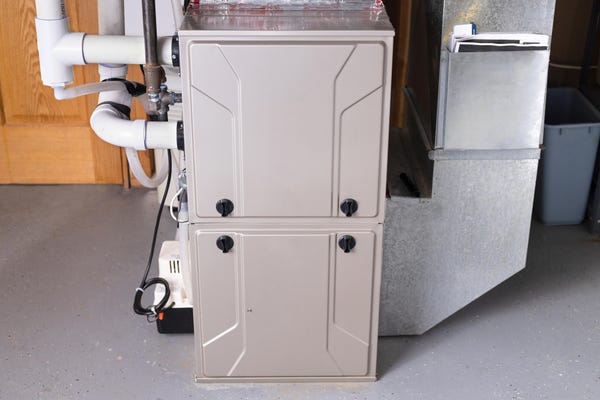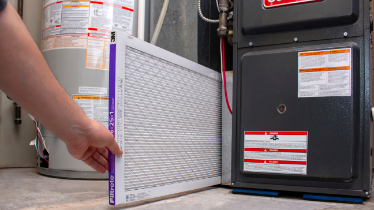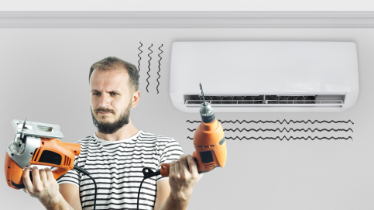Tom Talks HVAC


DIY OR DON’T
In the First of a Series, Our Expert Helps You Decide When to Fix It Yourself
“There are lots of important things a DIYer can do. Some very simple fixes are often all it takes.” With nearly 30 years of HVAC experience, Sensi’s Tom Lorenz has become an industry expert. An engineer with a background designing pinball machines, Tom has always been hands on. He’s built cars, a house and “anything else I can’t afford.”
And so it was on a winter’s day many, many years ago that Tom got tired of waiting for his landlord to fix the apartment’s furnace and simply did it himself.

You Can Do It!
Just a few minutes of maintenance can prevent costly repairs down the road. “Keep everything clear and clean so that the air can move,” Tom says. “Cut any bushes away from your air conditioner and make sure the coils are clean. Change the air filter. It’s all about making sure the system can breathe.”

It Does Get Scary
It may not look like much, but your furnace is a big, powerful machine. You don’t want to get hurt or create a bigger problem than the one you’re attempting to fix. “It can be scary doing something like this yourself,” Tom says, “and safety is always the biggest concern.”
And you really can get hurt. There are dangerous electrical hazards and painfully sharp metal edges to worry about. “Turn off the power.” Tom says, “but make sure you have good lighting. Wear gloves. Have someone around in case you need help.”
Nope, Don’t Even Think About It
Tom gets serious for moment. “Look,” he says, “before attempting something you’re not sure of, stop. And call a professional.” Here’s Tom’s list of things that always require professional attention:
- Electrical issues such as breakers that keep tripping
- Any mechanical noises or banging sounds
- Smell of gas
- Frozen coils
- Fails to heat or cool
Tom's tips!
| 1. | If you do only one thing, change your air filter. |
| 2. | Keep drain lines clean with a flush of distilled vinegar. |
| 3. | Steel wool can remove grime from a flame sensor. |
| 4. | Place a meat thermometer in a vent to determine the temperature of the air coming out. |
| 5. | Before you DIY, check Sensi for helpful resources. |
